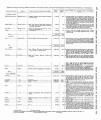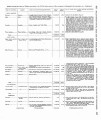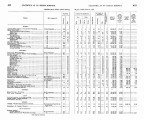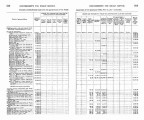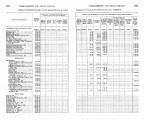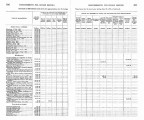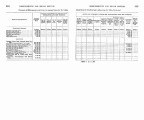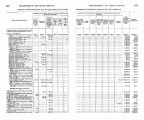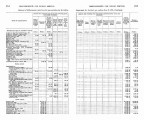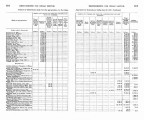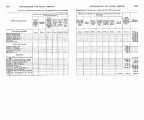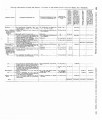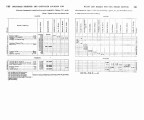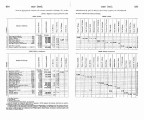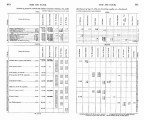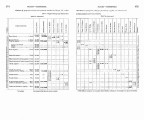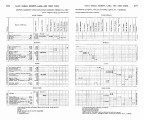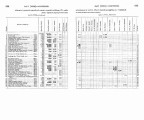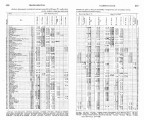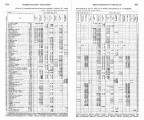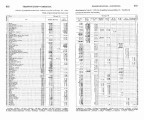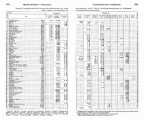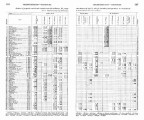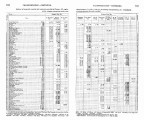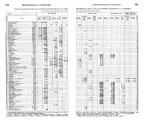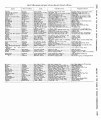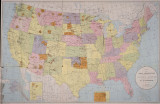| OCR Text |
Show Flewell Park.-TWO dam8 at Newel1 Park completed, 30 feet long, 10 feet high and irrigating about 500 acres of land. This land is damp and holds alfalfa without irrigation; hence i t does not take so much wster to irrigate and raise crops here. Ditch here one-eighth mile long, 1 foot deep, 4 feet wide. Wheatfield.-Wheatfieldditcheampletedlast fall. Oolyrepairedthisapring, where Indians had been drowning out prairie dogs. Tes n Lee.-Tan. a Lee ditch repaired from injury done by ice gorge in winter and freahet in spring. Carnoso.--Carreso ditch, l+ miles long, is s live stream of wster and will irrigate between 500 and 1,000 acres of land. There are n number of Indian farms below this ditch and the Indians are using the water all of the time. Tw other .ditches must he made at Cameso Creek becore work is finished up, later on. Cottbnwood Pass.-The ditch at Cottonwood Pass will accommodate a number of farms and will hzve more lend than water, hut the Land is already started in a grass-like alfalfa snd will grow withont irrigation, as water is found all over this valley at a few feet under the snrfaoe. Down at a diatanee of from 3 to 7 feet water for drinking purposes may be foond in abundauoe. One mile of 4-foot ditch is fast being oompleted here. Thia valley contains severel thonsand acres of good arable land. * ' The fmtnre of the Uavajaes.-I have studied this reservation, its olimate, topogrs-phy, and the needs of its inhabitants most carefully. I have traversed the territory from center to circumference, in all directions, and have traversed thousands of miles onwhioh a white man had never heforo set foot. The sagebrush, sepb pines on the border land, withthe limitlessocean-likeextent of ssndyplainsin theiMerior,mxke it seem like a desert waste, relieved hero and there by patches of osotos. * The sandy soil readily &beorbs water, and I have made the conservc~tion of the waters tha t go to wastednrina the springrains a special study.., and hzve built dams.. . ditches, and ieservoira to saveihem. I n addition to this I have been f&tunate enoogh to discover an underground wster nllpplp right through the heart of the desert, some 1GO miles in length, where I can reach a never-failing supply of water in from 5 to 10 feat from the surface of the ground in the light sandy soil. In the spring or snmmer months the arable land is covered witha dense growth of short grass; in winter this grass looks like sticks or dead straw. On this grass the flock6 snhaist the year round. Agrigricnltore will never assume great proportions on this reservation, for many maon8 :- (1) The extremes of heat and aold, often within a very few hours of each other, sre not oondnoive to farm ompa. Corn can he reiaed where soil, water, shelter, and conditions are just right for it, but even then it is very light and chaffy. (2) The high altitude and light, loose soil of this region is far better adapted to grasses than the more sturdy growing farm orops; consequently tlie urgent need of extending the grass sreo, to its utmost limits. (3) An Indian takes no chances. Ha moat he assured beforehand that s crop will yield him great returns or ire plants it not. Like the proverbial "hresd onst upon the waters" it must return to him as pie, or he promptly abandons the enterprim forever. (4) He 18 not cut ont for a farmer. He inherits love of leisure from his ancestors. He wsnts neither care, work, nor responsibility. His easygoing, shepherd life is far more to his liking than farming. He continnally wanders from valley to mesa in aearah of "pastures new,"and heretofore aspring or lake of water has been regarded as common property. This has caused much needless trouble, for here is "the Bur-vival of the fitteat" and "might makes right," and such nomadic life has not only been the cause of much strife and dissension, hut leaves him with no home life and no permanent abiding place. His smnmer home is mast primitiva and unpreten-tious, consisting of a pine-bough arbor. His winter home is an earth-covered hat wherever he chances to be when winter set.. in. |




















































































































































